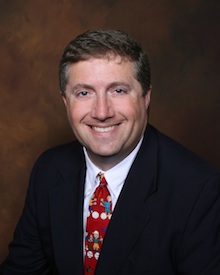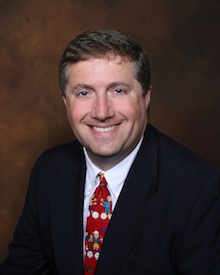Dr. Bob Wiskind has practiced general pediatrics in Atlanta for more than 20 years. He was a longtime board member of Kids Health First, a pediatric IPA, and currently serves as president of the Georgia chapter of the American Academy of Pediatrics.
Concussions can happen at any age if a person falls or is struck in the head (unintentionally or on purpose). Sports-related concussions are more common as children reach the middle school and high school years and the athletes become bigger, stronger and faster. Some of the recent increase in concussions can be attributed to greater sports participation, especially among girls during the past 40 years, since passage of Title IX. Another major reason is improved recognition of concussions by doctors, parents, coaches, school administrators and the athletes themselves.
The classic picture of a concussed athlete is one who suffers a big hit or collision and is knocked out or dazed immediately. In truth, many concussions occur without a single big “hit,” caused instead by unremarkable contact or an accumulation of smaller incidents. Many concussions occur without alteration or loss of consciousness.
Certainly an athlete who loses consciousness should be removed from the game or practice and not allowed to return. Symptoms such as headache, lethargy, confusion or trouble concentrating should also prompt careful evaluation and removal from the event unless another explanation for the symptoms can be determined. After the game or practice, signs of a concussion can include headache, nausea, difficulty concentrating, sensitivity to light or loud noises and sleep disturbances (trouble sleeping or sleeping too much).
A concussed athlete who is unconscious, is vomiting repeatedly or has severe headaches should be evaluated in an emergency room. For milder symptoms, a trip to the child’s regular physician is best for the initial evaluation and ongoing monitoring. The key to recovery from a concussion is rest, for the body and the brain.
Cognitive (brain) rest comes first. Athletes with post-concussion symptoms should stay home from school, sleeping as much as they want. They should avoid activities that will tax their brains, such as homework, playing on the computer, video games and texting. Limited amounts of television are OK, but the programs should not be violent or fast-paced.
Once headaches have ended, the athlete can return to school, but may need to start with just a few classes or a half-day schedule. A return of symptoms indicates the child has progressed too quickly and needs to let the brain rest again. For those with prolonged symptoms, school exams may need to be postponed and other academic accommodations considered.
Physical (body) rest means no physical activity until headaches and other symptoms have resolved themselves. At that point, the athlete gradually resumes activity, starting with light aerobic activity such as riding an exercise bike or jogging slowly on a treadmill. If that level of activity does not cause a return of symptoms, the athlete can progress through more strenuous levels of aerobic exercise, sport-specific non-contact drills, full-contact practice and finally a return to games.
If at any time there is a return of headaches or other symptoms, the athlete needs to go back to a lower level of activity. After having a concussion, an athlete is at increased risk of a more severe concussion with future incidents. A second concussion can also be more severe if it happens soon after the first one.
Many high schools, following the lead of colleges and professional teams, will perform a test on athletes in contact sports prior to the beginning of each season. This IMPACT test sets a baseline of the student’s cognitive ability; after a concussion, repeat testing can document a decline from baseline and then monitor recovery and guide return to sports activities.
Athletes and their parents should remain vigilant for concussion symptoms and not hesitate to visit their doctor with any concerns. They should also remember that the key to recovery is rest and gradual return to activities.
Concussions will always be a part of sports for children and adolescents; early recognition and aggressive management will help to minimize their impact.


